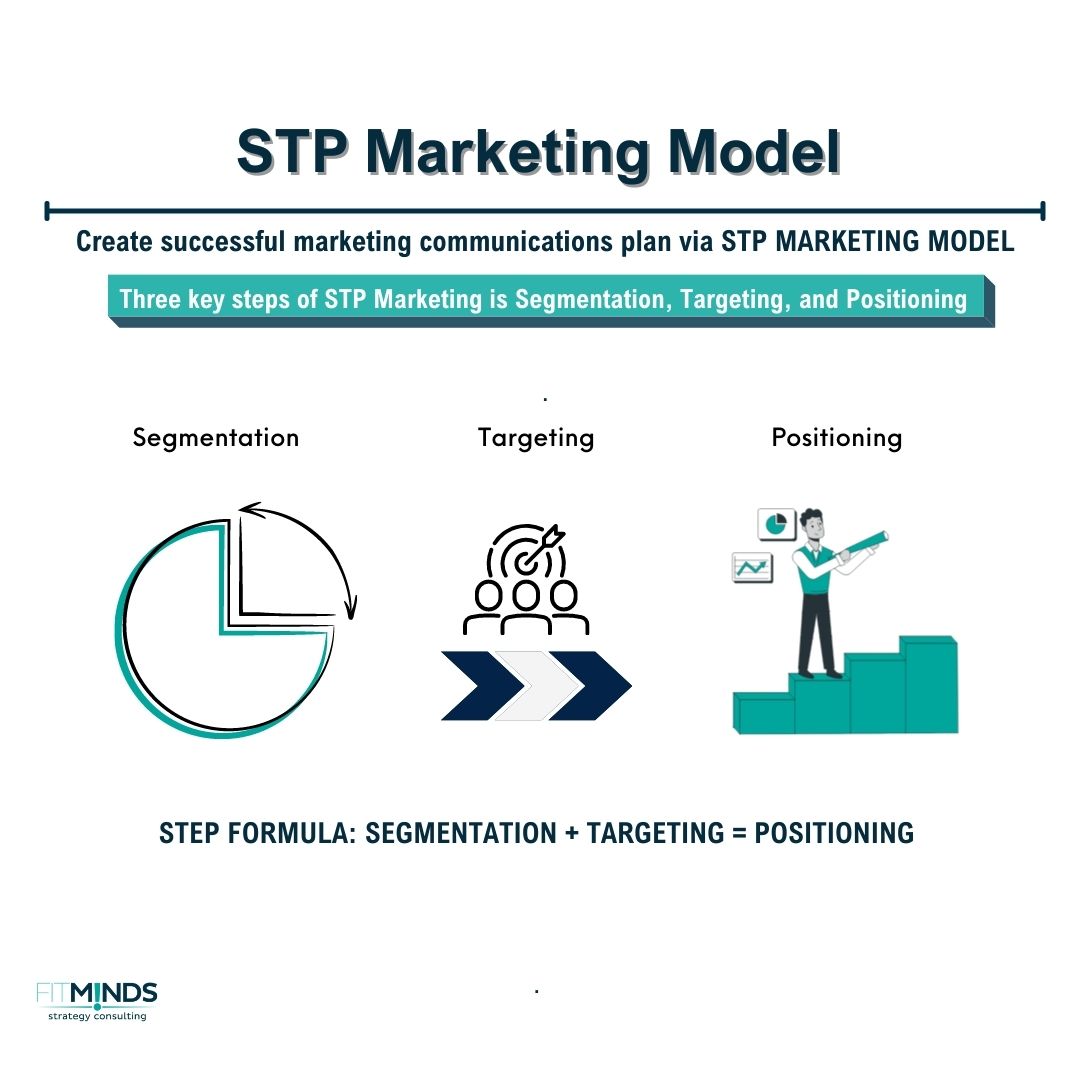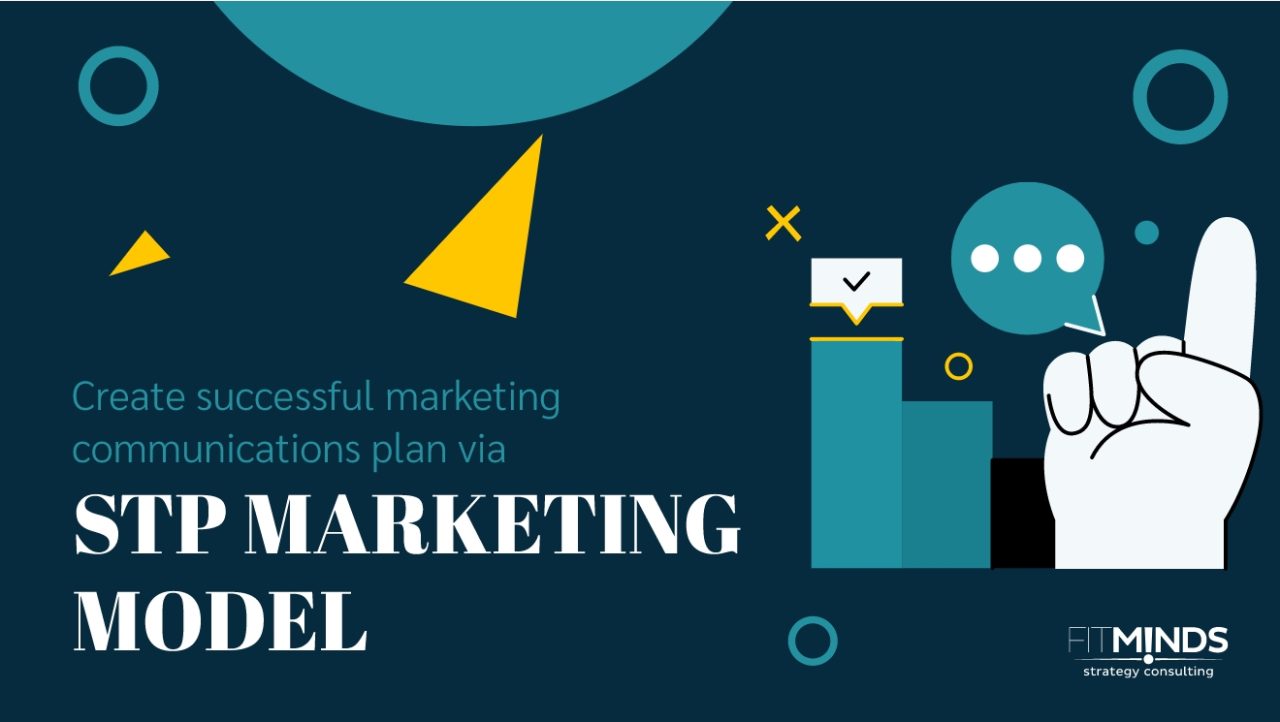STP is a marketing model that helps businesses to create effective marketing strategies targeting specific customer segments. STP stands for Segmentation, Targeting, and Positioning. It includes creating market segmentation, targeting the selected segments, and positioning product or service to capture target segment effectively.
Main Benefits of STP Marketing Model
By using STP Marketing Model, businesses can create effective and efficient marketing communications plan that reach the right customers with the right message and product offerings. This can help companies increase customer satisfaction and profitability.
The STP Marketing Model helps:
- To understand which products and services better meet the needs of customers, resulting in increased customer satisfaction and loyalty.
- To create more effective marketing campaigns that reach the right people with the right message.
- To focus resources on specific customer segments that are most likely to purchase products or services
- To increase profitability and achieve long-term success.
Explanation of STP Marketing Model
STP Marketing Model is a planning tool that focus the audience. Businesses position their products or services by targeting specific customer segments.
STP stands for “segmentation, targeting, and positioning”.
Segmentation: Segmentation involves dividing a larger market into distinct groups of consumers with similar needs. Demographic, psychographic, geographic and behavioral segmentation are the four pillars of market segmentation.
Targeting: Targeting involves evaluating potential of each customer segment and selecting segments to target with a marketing mix.
While segmentation is the process of classifying the market into similar groups, targeting is the process of selecting particular segments considering different factors. Attractiveness of each segment is evaluated with factors such as size, growth potential, and profitability.
Positioning: Positioning is the process of determining how to position a product or service for each target segment. While segmentation and targeting focus on customers, positioning focuses on product.

There are several steps to follow when using STP Marketing Model.
Step 1: Define the market
Step 2: Create audience segments
Step 3: Evaluate the commercial attractiveness of each segment
Step 4: Select target audience
Step 5: Develop a positioning strategy
Step 6: Choose your marketing mix
How to Apply STP Marketing Model
To apply STP Marketing Model to your business, FITMINDS is providing an adoption of the model that fits your company and your company’s needs. By using the STP Marketing Model, businesses can create a differentiated and value-based marketing strategy.
Contact us to get more information or discover your probable personalized roadmap for STP Marketing Model.
Additional Tips and Readings
- You can learn more about segmentation types with the Market Segmentation.
- To increase your customer loyalty and lifetime value, you can check RFM Analysis & Segmentation.
- To learn more about customer behavior, you can read our The Product Diffusion Curve
- To read more about positioning a product, you can check Bowman’s Strategy Clock
Contact us to create effective marketing strategies via STP Marketing Model.



12 comments
Pingback: online order enclomiphene generic pricing
Pingback: sans ordonnance kamagra francaise
Pingback: buying androxal american pharmacy
Pingback: buy cheap flexeril cyclobenzaprine australia no prescription
Pingback: purchase dutasteride generic uk
Pingback: order fildena generic online pharmacy
Pingback: how to order gabapentin generic gabapentins
Pingback: buying itraconazole generic pricing
Pingback: order staxyn cheap pharmacy
Pingback: order avodart generic is good
Pingback: buy rifaximin where to purchase
Pingback: objednejte kamagra bez lékařského předpisu od naší lékárny
Comments are closed.